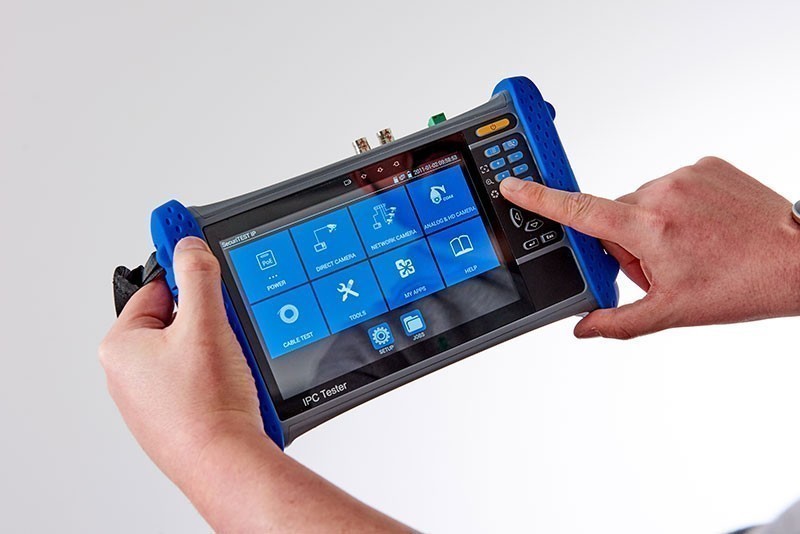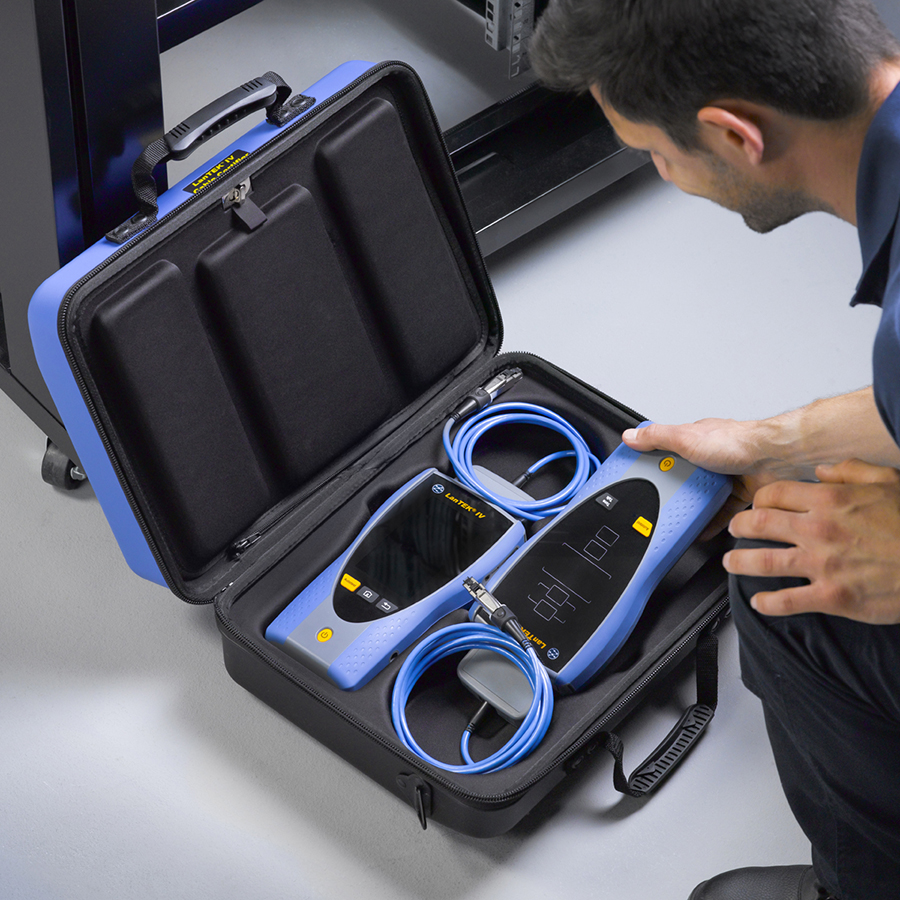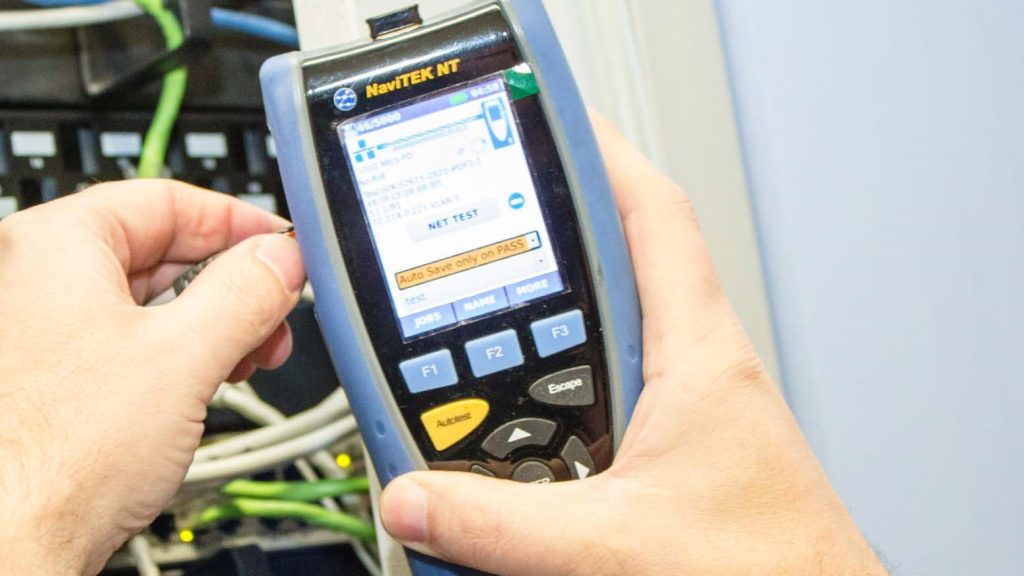“How to Guide” for Installers New to IP CCTV Testing
As documenting IP CCTV performance becomes more commonplace, IDEAL Networks has released a new White Paper to help installers and systems integrators understand how to apply network testing practices to CCTV installations.
With numerous types of CCTV camera, plus many different configurations and connection methods, the installation and troubleshooting of an IP CCTV system can be complex. The new White Paper ‘How to Apply Network Testing Practices to CCTV System Installations’ discusses solutions to the common CCTV challenges encountered due to network performance issues.
“Virtually all new CCTV systems are digital/IP, running over Ethernet cabling and often on the same network as other business systems to keep costs down,” explains Tim Widdershoven, Global Marketing Manager for IDEAL Networks. “The result of this is that network congestion and bandwidth limitations may result in poor CCTV performance – from choppy video and reduced image clarity to buffering.”
Tim continues “The difficulty for the installer is identifying whether the fault is with the CCTV system or the network itself, so this White Paper explains what to test on the network and why this is beneficial.”
There are multiple network tests that should be done to diagnose and fix faults when working with IP CCTV, and some of these may be new to installers/integrators. Rather than using a certifier to measure the characteristics of the cabling, a CCTV test tool should be used to capture network and video information to provide a snapshot of each camera’s configuration.
A CCTV test report can capture a wide range of information, such as the camera IP address, network address, network details and MAC address, as well as showing where the camera is installed and what it is aimed at. To prove the camera is filming at the resolution required by the client, the resolution of the video stream can be tested. Tests can also be used to capture and report the frame rate and bandwidth.
“As well as understanding the different types of tests and measurements, installers also need to understand the benefits of documentation,” says Tim. “It’s not just about closing out a project with test reports. Reports also arm installers with the right information and tools to maximise efficiency on service calls and make time and cost savings.”
The White Paper explains how the right multi-function CCTV testers can support installers with documentation, and much more. For example, SecuriTEST IP from IDEAL Networks provides field technicians with the tools to troubleshoot cable and network problems, test PoE (Power over Ethernet), test video monitors and much more, meaning it is no longer necessary to bring a laptop or PoE injector to the site.
“The new generation of CCTV testers improves productivity, profitability and safety while making it easy for technicians to migrate from analogue to network/IP installations,” explains Tim. “However, for the maximum benefit, installers must also understand how to apply well-established network testing and documentation practices when installing IP CCTV systems.”
To download the free White Paper ‘How to Apply Network Testing Practices to CCTV System Installations’, visit https://www.trend-networks.com
For more information on SecuriTEST IP, and the wide range of other test and measurement tools from IDEAL Networks, visit www.idealnetworks.net






